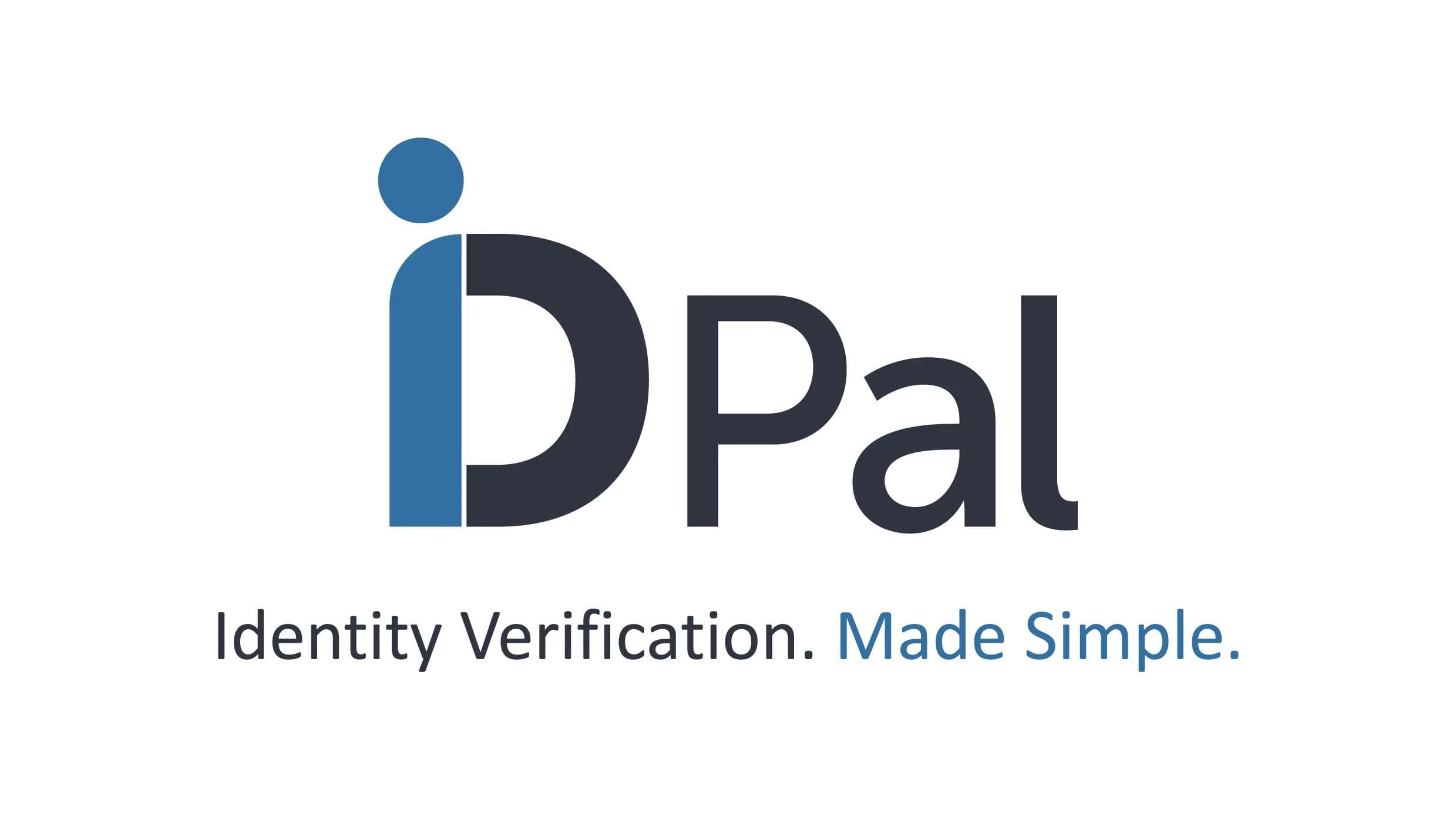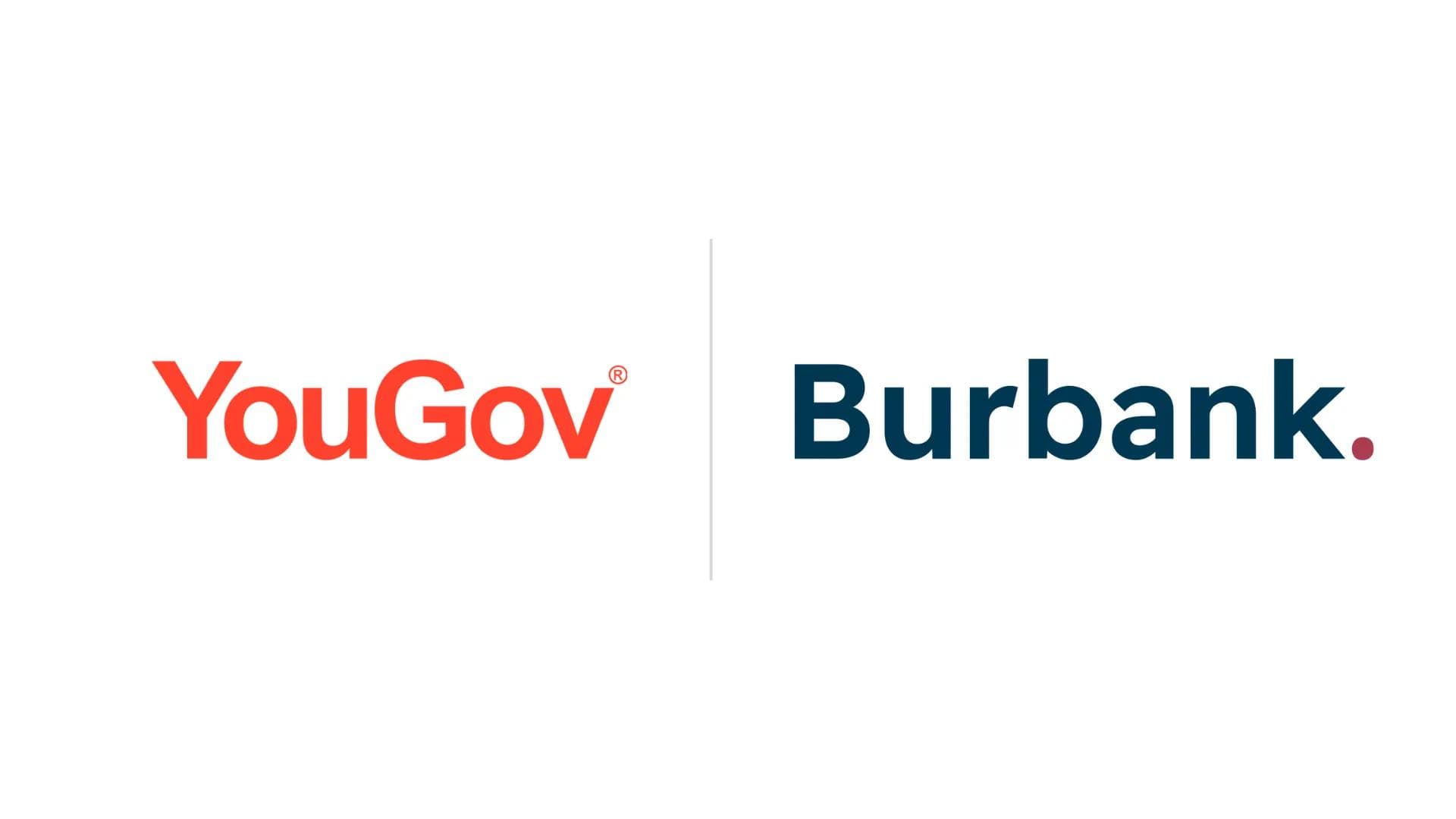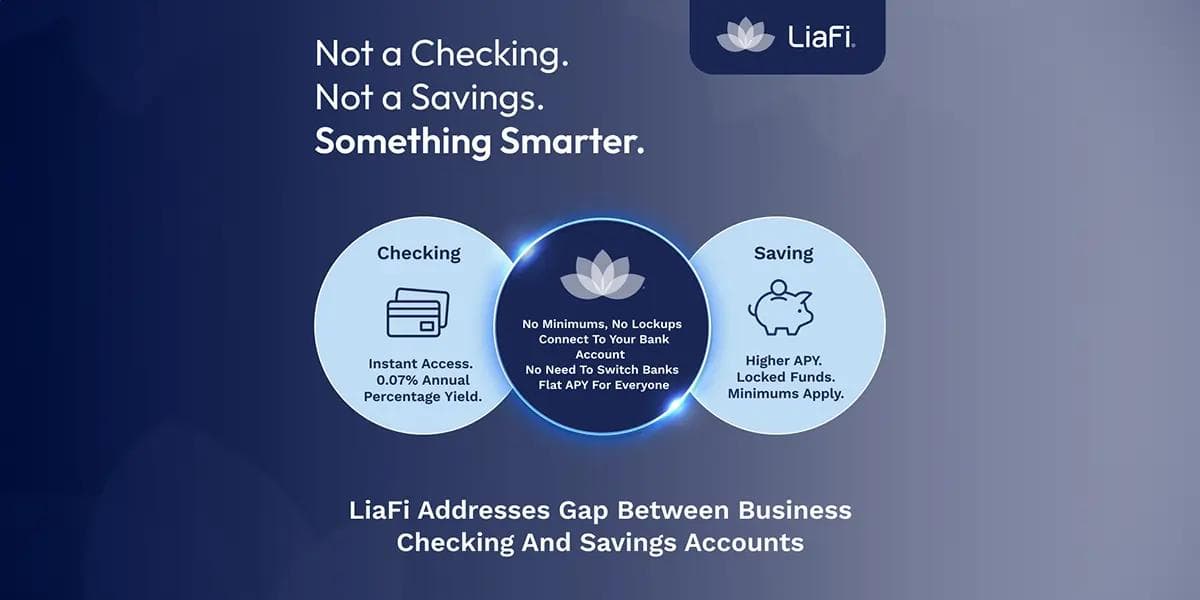Reinventing bank branches for the digital age
Reinventing bank branches for the digital age
Published by Gbaf News
Posted on April 12, 2018

Published by Gbaf News
Posted on April 12, 2018

Tommy Petrogiannis, President at eSignLive by VASCO
Over the last year, much has been written about the demise of the bank branch. Mobile banking and the rise of the digital-first generation has led to less demand for brick-and-mortar banks and the stats on bank closures make for interesting reading. For example. in 1988 there were 20,583 bank branches in the UK, but jump forward to 2012, and there were only 8,837. At the end of last year, Royal Bank of Scotland announced they were closing one in four branches.
It might look like banks are disappearing but if you look beyond the numbers, rather than disappearing, banks are reinventing themselves as part of the digital transformation that’s happening across the financial and business sectors. Starting with customer facing processes, like account openings, banks are digitising their operations, enabling their branches to offer higher value, more profitable services.
Underpinning this digital transformation, and a critical part of any successful branch digitisation effort are e-signatures. From the first interaction – customer onboarding – banks and other financial institutions are using e-signatures to speed up processes, reduce errors, eliminate paper and provide the customer with a great first impression. All of these benefits can also result in a rapid return on investment, given the fact that branches are a bank’s biggest cost centre.
A number of banks and financial institutions have already implemented e-signatures and are seeing the benefits of the technology. For example, OneMain (formerly Springleaf), is a financial services firm that provides subprime direct-to-consumer loans. Bank closures and online competition were threatening the company’s market share, and they needed to find a way of competing more effectively. One way they could do this was to allow customers to close loans electronically online and in branches.
Initially, the firm launched e-signatures online, which proved so successful, they began implementing the technology in branches to increase convenience and reduce paper-related costs. It only took 2 months to then move all of their branches to e-signatures. The results were immediate. 3 months after they began using e-signatures in all branches, 90 per cent of customers were opting for e-signatures over pen and paper and nearly all their daily transactions in the bank was completely digital. Eventually, OneMain were able to save $500,000 in annual toner costs.
While implementing e-signatures can be a straightforward process with the right vendor and infrastructure, there are some best practice steps banks should undertake before they launch headfirst into unchartered territory.
Focus on adding value
The most important step is to identify where e-signatures will add value, which means selecting the business process, account opening, or loan application, that will provide a quick ROI, which can then speed up the expansion of e-signatures to other channels and areas of the bank.
Involve the right stakeholders
From legal and compliance to IT, it’s important to get the right people involved in implementing your digital transformation programme.If involved early enough, these stakeholders can become some of the biggest advocates for implementing the technology within the branch. This is because digital transactions eliminate the risk and blind spots you find in manual paper processes. Other stakeholders within the financial institution who are likely to play a key role in the success of e-signatures are a retail banking executive, branch operations, product owners, bank office operations, and risk management.
Invest in training and support for staff
Finally, as with any new initiative, it’s important to train and support staff. While consumers are often ready to adopt new technology, staff who mediate most retail interactions may not be as confident. Creating short training videos, issuing FAQs and testimonials, directly engaging with branch staff and offering in-person training sessions, are all effective ways to encourage and boost e-signature adoption rates, revolutionising the way the bank does business.
So what does this mean for banks on UK high streets? Embracing digital transformation is essential for survival. Especially with the likes of Monzo and Revolut offering digital-only, digital-native banking options, a failure to adapt to this new reality will only lead to an erosion of the customer base and an ultimately unsustainable model. The generation of digitally native millennials are also becoming more prominent in the marketplace and they expect digital services as a standard. The branch will certainly continue to have a place in the banking process for some time to come but if that place is to be anywhere near the centre of where the action is, many bank branches will need to look and function very differently to what they look like now.
Tommy Petrogiannis, President at eSignLive by VASCO
Over the last year, much has been written about the demise of the bank branch. Mobile banking and the rise of the digital-first generation has led to less demand for brick-and-mortar banks and the stats on bank closures make for interesting reading. For example. in 1988 there were 20,583 bank branches in the UK, but jump forward to 2012, and there were only 8,837. At the end of last year, Royal Bank of Scotland announced they were closing one in four branches.
It might look like banks are disappearing but if you look beyond the numbers, rather than disappearing, banks are reinventing themselves as part of the digital transformation that’s happening across the financial and business sectors. Starting with customer facing processes, like account openings, banks are digitising their operations, enabling their branches to offer higher value, more profitable services.
Underpinning this digital transformation, and a critical part of any successful branch digitisation effort are e-signatures. From the first interaction – customer onboarding – banks and other financial institutions are using e-signatures to speed up processes, reduce errors, eliminate paper and provide the customer with a great first impression. All of these benefits can also result in a rapid return on investment, given the fact that branches are a bank’s biggest cost centre.
A number of banks and financial institutions have already implemented e-signatures and are seeing the benefits of the technology. For example, OneMain (formerly Springleaf), is a financial services firm that provides subprime direct-to-consumer loans. Bank closures and online competition were threatening the company’s market share, and they needed to find a way of competing more effectively. One way they could do this was to allow customers to close loans electronically online and in branches.
Initially, the firm launched e-signatures online, which proved so successful, they began implementing the technology in branches to increase convenience and reduce paper-related costs. It only took 2 months to then move all of their branches to e-signatures. The results were immediate. 3 months after they began using e-signatures in all branches, 90 per cent of customers were opting for e-signatures over pen and paper and nearly all their daily transactions in the bank was completely digital. Eventually, OneMain were able to save $500,000 in annual toner costs.
While implementing e-signatures can be a straightforward process with the right vendor and infrastructure, there are some best practice steps banks should undertake before they launch headfirst into unchartered territory.
Focus on adding value
The most important step is to identify where e-signatures will add value, which means selecting the business process, account opening, or loan application, that will provide a quick ROI, which can then speed up the expansion of e-signatures to other channels and areas of the bank.
Involve the right stakeholders
From legal and compliance to IT, it’s important to get the right people involved in implementing your digital transformation programme.If involved early enough, these stakeholders can become some of the biggest advocates for implementing the technology within the branch. This is because digital transactions eliminate the risk and blind spots you find in manual paper processes. Other stakeholders within the financial institution who are likely to play a key role in the success of e-signatures are a retail banking executive, branch operations, product owners, bank office operations, and risk management.
Invest in training and support for staff
Finally, as with any new initiative, it’s important to train and support staff. While consumers are often ready to adopt new technology, staff who mediate most retail interactions may not be as confident. Creating short training videos, issuing FAQs and testimonials, directly engaging with branch staff and offering in-person training sessions, are all effective ways to encourage and boost e-signature adoption rates, revolutionising the way the bank does business.
So what does this mean for banks on UK high streets? Embracing digital transformation is essential for survival. Especially with the likes of Monzo and Revolut offering digital-only, digital-native banking options, a failure to adapt to this new reality will only lead to an erosion of the customer base and an ultimately unsustainable model. The generation of digitally native millennials are also becoming more prominent in the marketplace and they expect digital services as a standard. The branch will certainly continue to have a place in the banking process for some time to come but if that place is to be anywhere near the centre of where the action is, many bank branches will need to look and function very differently to what they look like now.
Explore more articles in the Top Stories category











